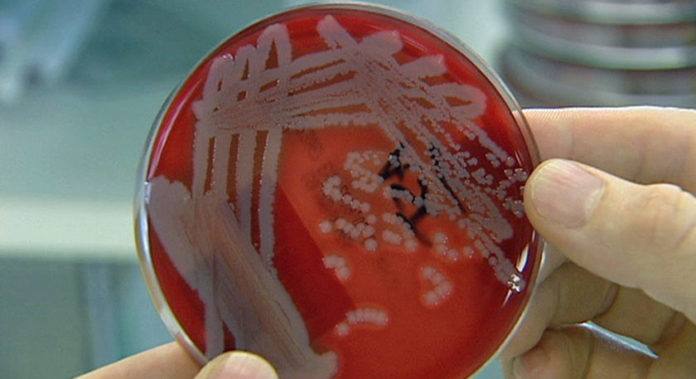
An employee at the Tulane National Primate Research Center near New Orleans has tested positive for a potentially deadly strain of bacteria that escaped from a high-security lab at the center and infected several monkeys.
The worker tested positive to exposure of Burkholderia pseudomallei, which can cause can cause melioidosis, or Whitmore’s disease. “It is predominately a disease of tropical climates, especially in Southeast Asia and northern Australia where it is widespread,” according to the Centers for Disease Control and Prevention.
The employee is not sick, and a spokesman for the CDC said the incident is not likely to be a threat to the general population. The CDC is waiting on additional test results to determine if the exposure occurred at the research center or somewhere else, said Jason McDonald, the agency’s spokesman.
In addition to the lab worker, blood tests on 67 rhesus macaque monkeys at the center showed another that had antibodies consistent with exposure to the bacterium, bringing the total of confirmed exposures to eight. Like the previous seven — three of which became infected and were euthanized and four of which showed signs of exposure but have not become sick — the eighth monkey had been treated in a room at the primate center’s clinic.
That treatment room is the focus of a probe led by federal investigators from the CDC and the U.S. Department of Agriculture. Investigators are seeking to learn how the bacterium — which is on a list of pathogens deemed to pose a potentially severe threat to human, animal or plant health — got out of the lab. While the investigation is ongoing, Tulane has been ordered to shut down its work with all such pathogens, known as “select agents.”
Investigators began looking into the problem after two monkeys were diagnosed in November with infection from the bacterium. Both were eventually euthanized. The monkeys were not part of any experiment. In 2014, experiments involving Burkholderia pseudomallei at the center were being conducted only on rodents, officials have said.
Rather, the infected monkeys were part of the center’s nearly 4,000-strong monkey breeding colony, a collection of mostly rhesus macaques that are kept outside in large cages.
In early February, officials said an investigator who had been at the center reported symptoms of melioidosis and checked herself into a hospital. Blood tests confirmed antibodies consistent with exposure to the bacterium, but later tests suggested that her exposure had occurred during earlier travel to areas of the world where the bacterium is endemic.
According to the CDC, “the bacteria causing melioidosis are found in contaminated water and soil. It is spread to humans and animals through direct contact with the contaminated source.” The bacterium can be carried for years before any symptoms manifest themselves. The symptoms often mimic those of other diseases, which sometimes makes proper diagnosis difficult.
If properly diagnosed, the disease is treatable with antibiotics. However, it can be fatal in some cases. In parts of Asia, where the bacterium is endemic, the fatality rate for those infected with meliodosis can be as high as 50 percent. In Australia, the fatality rate is about 20 percent.
Fear that someone may try to weaponize the bacterium is why it appears on the list of select agents. Its presence in the environment and the relative ease with which it can be engineered to be resistant to multiple antibiotics make it a potential target for terrorists, experts say.
A raft of tests on soil, air and water near the center have been negative so far, and even though some have criticized the scope of the testing, the CDC has said it’s unlikely there is any threat that the bacterium will spread in the general population.
